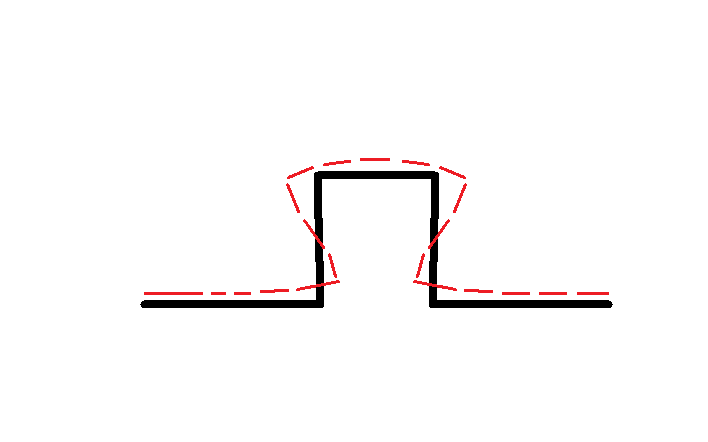MechStruct1
Structural
Let's start with a buried double wall pipe. Let's say the carrier pipe is hot and the encasement pipe is cold. The former expands, the latter contracts. Thermal expansion loops are integrated in the system at calculated pipe span lengths to avoid interaction between inner and outer pipes (clashing) near changes in direction. Using AutoPIPE (or similar piping software), fictitious restraints (with gaps) can be added between the inner and outer pipe at coincident nodes near these changes in direction to verify that no load is getting transferred between the bends of the inner and outer pipes (and hence, no inner pipes will virtually pass through their encasement pipe).
Here is the problem: With a contracting outer pipe and an expanding inner pipe, a large number of expansion loops are needed (in areas where they will not fit, in some cases) due to the limited span length calculated based on the gaps between the pipe and the amount of thermal expansion.
So I pose the question: What if we allowed the carrier pipe to bear on the inside of the encasement pipe? Is there any guidance for this in B31 codes? I imagine that concentrated bearing loads will develop unwanted stress concentrations, but at what point of loading is this deemed an unacceptable level? Is this a bad practice? Is this left to the designer/engineer/owner to determine?
Here is the problem: With a contracting outer pipe and an expanding inner pipe, a large number of expansion loops are needed (in areas where they will not fit, in some cases) due to the limited span length calculated based on the gaps between the pipe and the amount of thermal expansion.
So I pose the question: What if we allowed the carrier pipe to bear on the inside of the encasement pipe? Is there any guidance for this in B31 codes? I imagine that concentrated bearing loads will develop unwanted stress concentrations, but at what point of loading is this deemed an unacceptable level? Is this a bad practice? Is this left to the designer/engineer/owner to determine?

